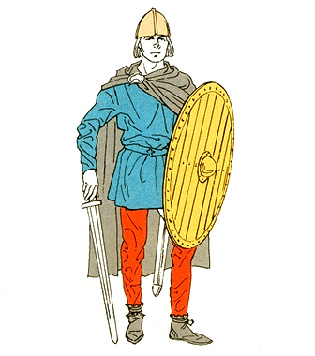Vendel Period was a time in Scandinavian history from around A.D. 550 to 790. Scandinavia is a region of northern Europe that includes Denmark, Norway, and Sweden. The ancient people of this region are known as the Norse. The Vendel Period was a period of growth within Norse society that immediately preceded the age of the Vikings. The name Vendel refers to a burial site in Sweden where artifacts of this age were discovered. 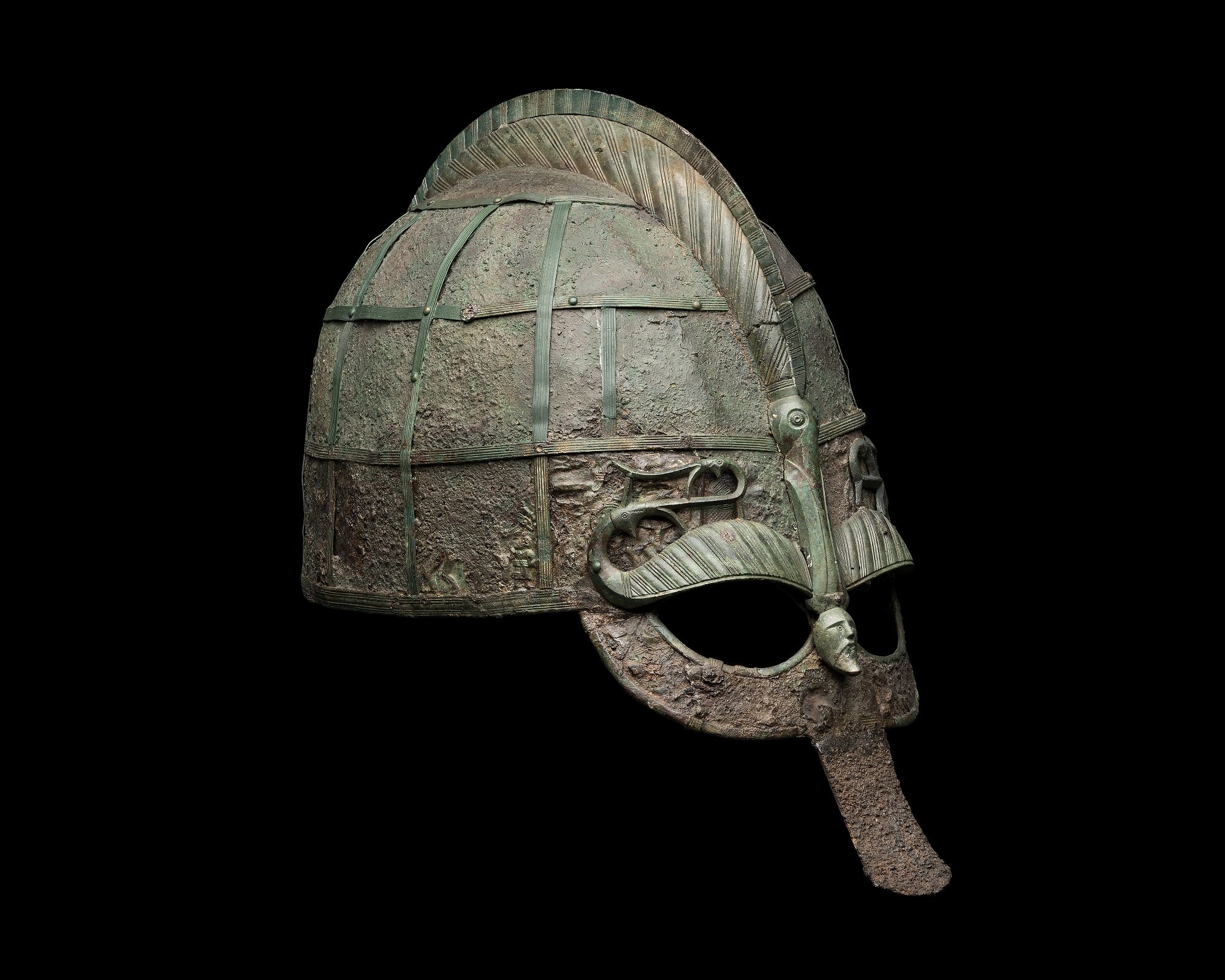
Before the Vendel Period, Europe endured a period of upheaval and mass migration following the fall of the Roman Empire This time is known as the Migration Period.
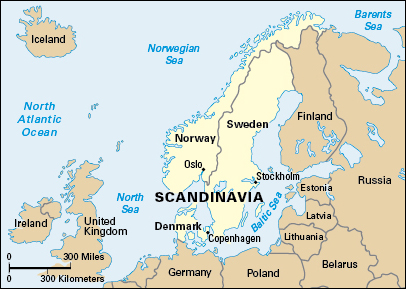
During the Vendel Period, Norse life gradually became more settled. Leaders called jarls << yahrlz >> (also spelled eorls) built great halls, large buildings made of wood. The great hall was central to community life during the Vendel Period. There, the jarl hosted feasts and religious rituals for the surrounding community. Jarls maintained their power in part through generosity toward the people they led.
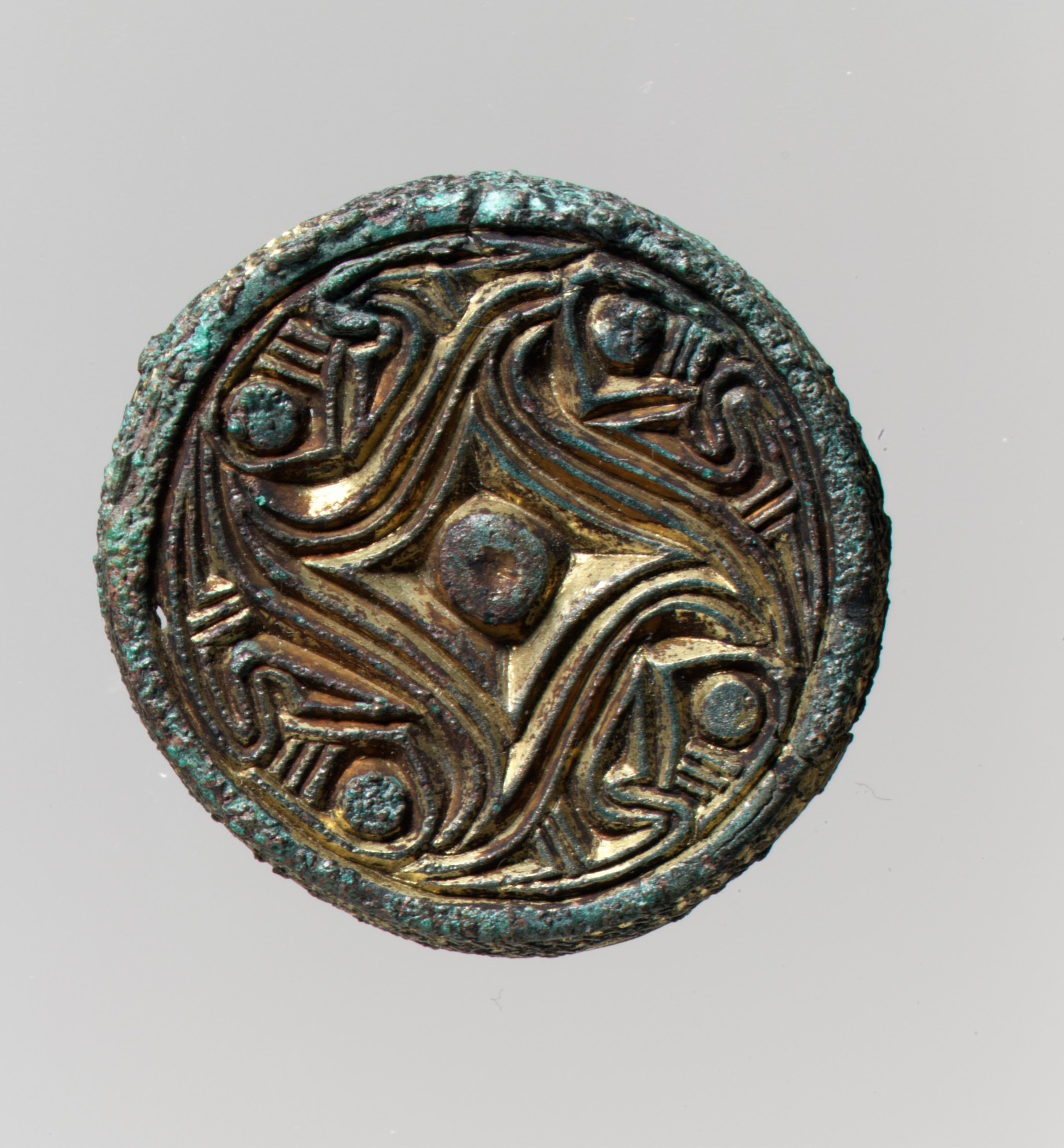
Farmers during the Vendel Period grew mostly rye and barley. A few farmers grew oats, flax, wheat, and an oilseed crop called camelina. Oilseed crops are grown for their seeds, from which oil can be extracted. Another crop, hemp, had been growing in popularity since the Migration Period. Hemp was used to make fabrics and rope. During the Vendel Period, changes in climate influenced the way farmers took care of livestock. Colder winters motivated farmers to house livestock in barns and other structures as protection from the weather. Housing livestock also made it easier to collect manure. Farmers used the manure to fertilize their crops, leading to larger yields.
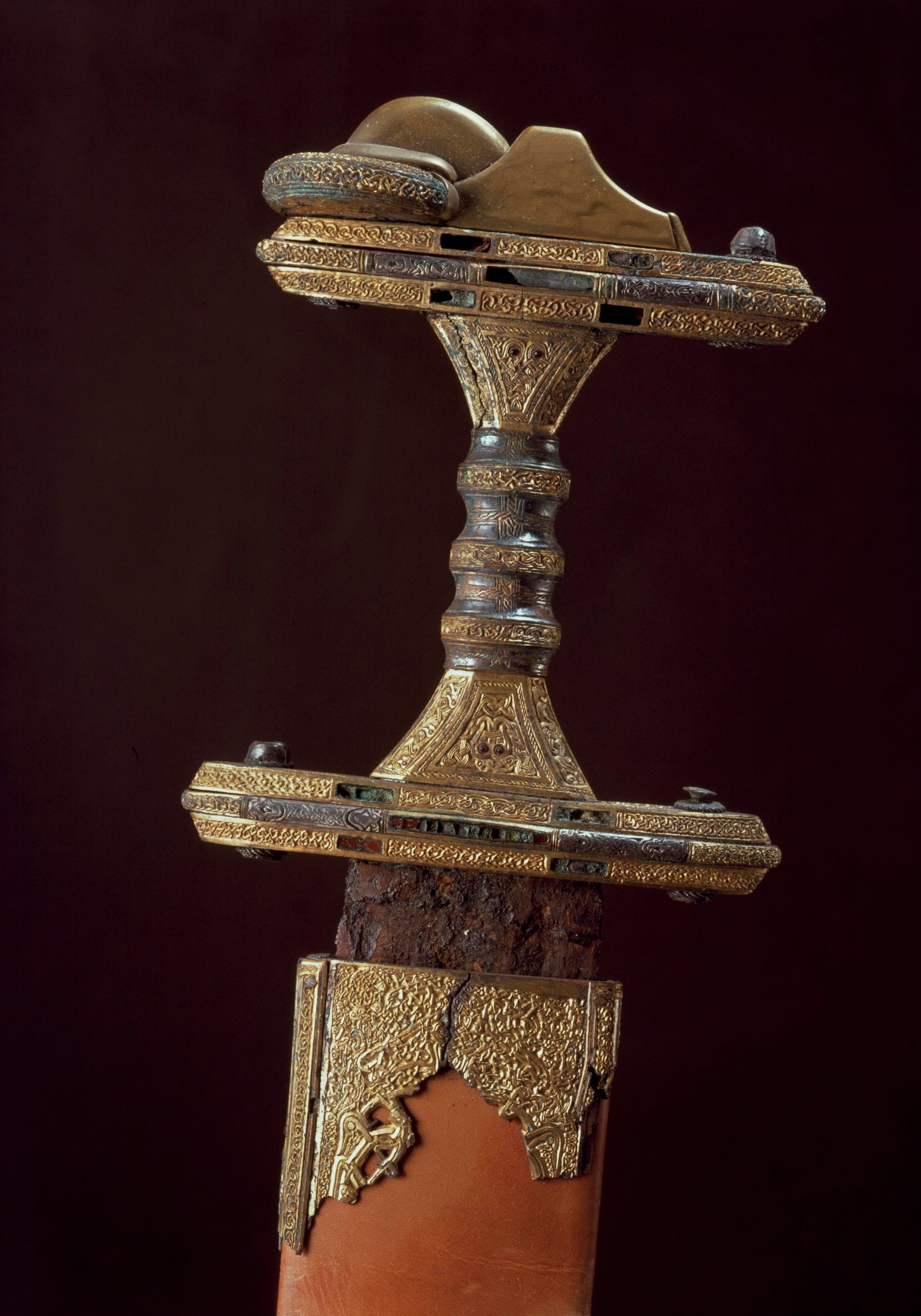
Jarls employed warriors to protect their wealth and the surrounding community. Stories of jarls and brave warriors during the Vendel Period became the basis for later Norse legends. Warriors used weapons and armor decorated with intricate details.
The Vendel Period is generally considered to have ended with the attack in 793 on Lindisfarne, a community on the eastern coast of England. It marked the first major violent attack by the Norse Vikings on a community outside Scandinavia. The Viking Age that followed was a period of exploration and violent conquest. 